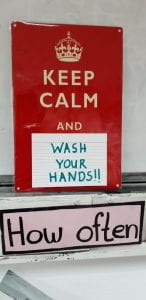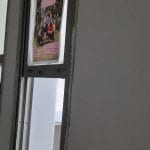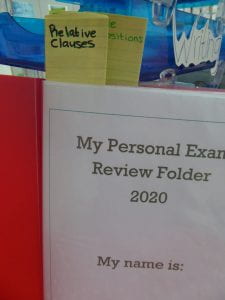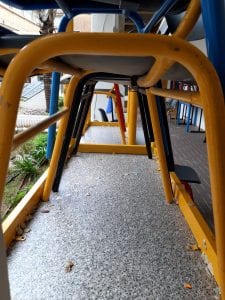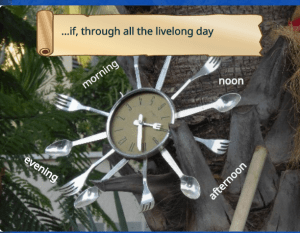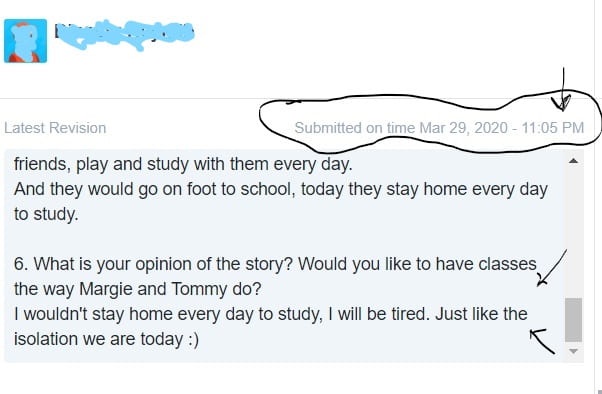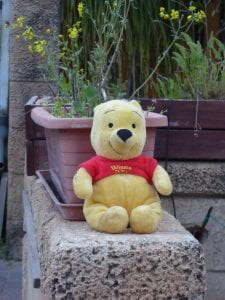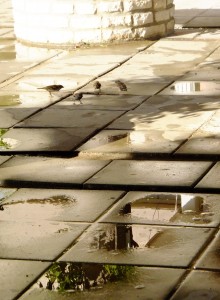
(Naomi’s Photos)
In order to do well on an exam involving a reading comprehension passage, a student learning English as a foreign language must do more than look up translations of unfamiliar words, right? He/She has to THINK about what is being asked and notice the relevant details in the text, right?
Those are certainly “DUH” questions for any EFL teacher.
But even back in the “good old days“, before Covid_19, when I used to meet my Deaf and hard of hearing high school students face to face, getting students to really examine the reading comprehension questions carefully, to notice all the helpful hints “hiding in plain sight” in the text, was one of the issues I spent a great deal of time on. Every time the students and I worked on a text I would highlight certain points, leaving others for another lesson, careful not to “flood” them with too much information at once.
Now that we’re in “distance learning mode”, not only do I have to find ways to adapt my usual explanations to this new way of studying, I also have to contend with Google Translate. Students certainly use it and I can’t blame them.
But I want them to think about some aspects of the text!

Naomi’s Photos
So I prepared a guided reading comprehension task in four sections. It is modular so different students can do it at their own pace. I used LiveWorksheets so that the task would be online with interactive options.
The first stage was getting students to look carefully at the title, the first sentence, and all the names and numbers in the text Students need to be reminded to take advantage of the useful information gained from this simple technique. This was achieved by showing them only this information in the first part of the guided task.
The next two issues I wanted to tackle were much more challenging. My Deaf and hard of hearing students tend to ignore instructions and explanations in general.
And I want them to really READ the questions.
So I kept the explanations as short as I could and just wrote them in L1 (Hebrew). If someone wishes to translate the Hebrew used in these exercises into Arabic (or any other languages) I would be delighted to provide assistance and post additional versions of these tasks.
More importantly, I used L1 as the first step in making the students examine the multiple-choice questions more carefully. I translated the questions into Hebrew but left out words in the questions. The students must fill in the missing words, using the translations. They choose from three options.
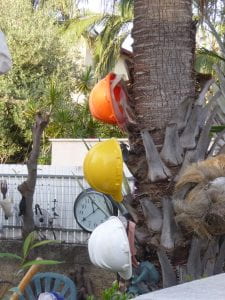
Naomi’s Photos
In addition…
I asked the students “DUH” questions about the questions, before going on to answer the questions.
A student who will happily skip an explanation won’t skip a question. There are all sorts of examples but here is the most obvious one:
Line 18 mentions “the astonishing qualities” of Manuka honey. Give one of these qualities from another paragraph.
- Line 18 is at the ________(beginning)___________ of paragraph 4.
- The answer to this question __(can not be )____________ from paragraph 4.
- Will reading paragraph 4 help me answer this question? ___(No)____
- The words “give one of” refer to the fact that there is ____(more than one answer) __
- The word “astonishing” refers to ____ (something surprising)
And even more “DUH”…
The students are exposed to the reading passage itself slowly, as relevant. At certain points, I erased some words in the reading passage, which they have to fill in using the multiple-choice options. There are no translations, but the words I chose to delete and the options which are given make the correct answer EXTREMELY obvious. But actually stopping to choose these simple words caused the students to slow down and look at the text more than many would have done.
You will find the links to all the sections below.
I hope you find the exercise useful!
- Note: The text used was taken from a 2008 “Bagrut” exam for Module D. Not all questions appearing in the original exam were used.
Manuka Honey Part One
https://www.liveworksheets.com/yg213631go
Manuka Honey Part Two
https://www.liveworksheets.com/gp225895gk
Manuka Honey Part Three
https://www.liveworksheets.com/bi286224mk
Manuka Honey Part Four


